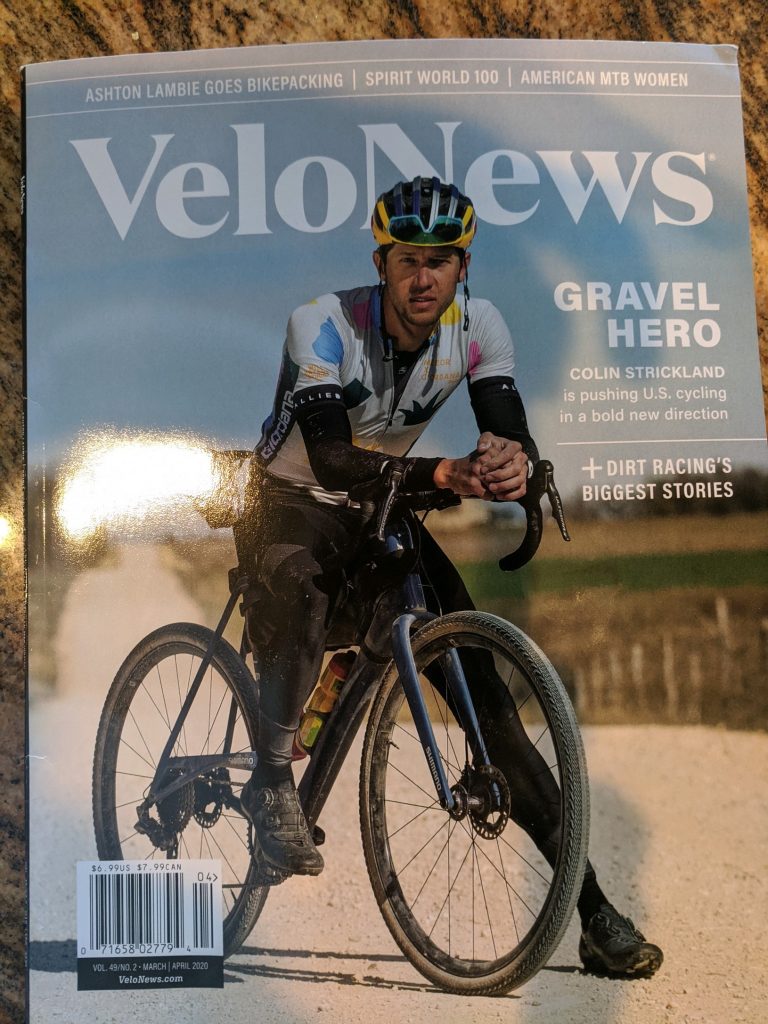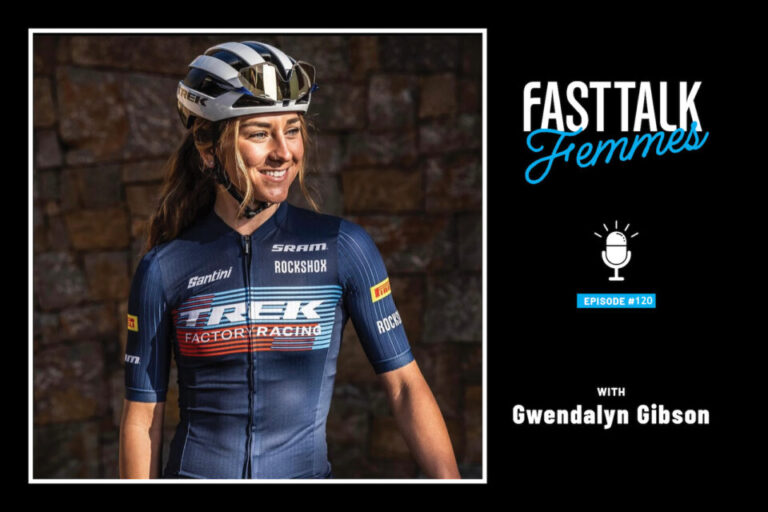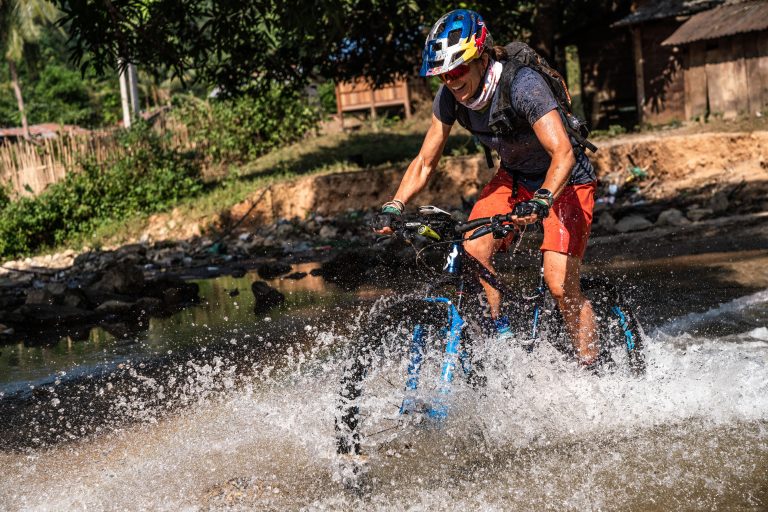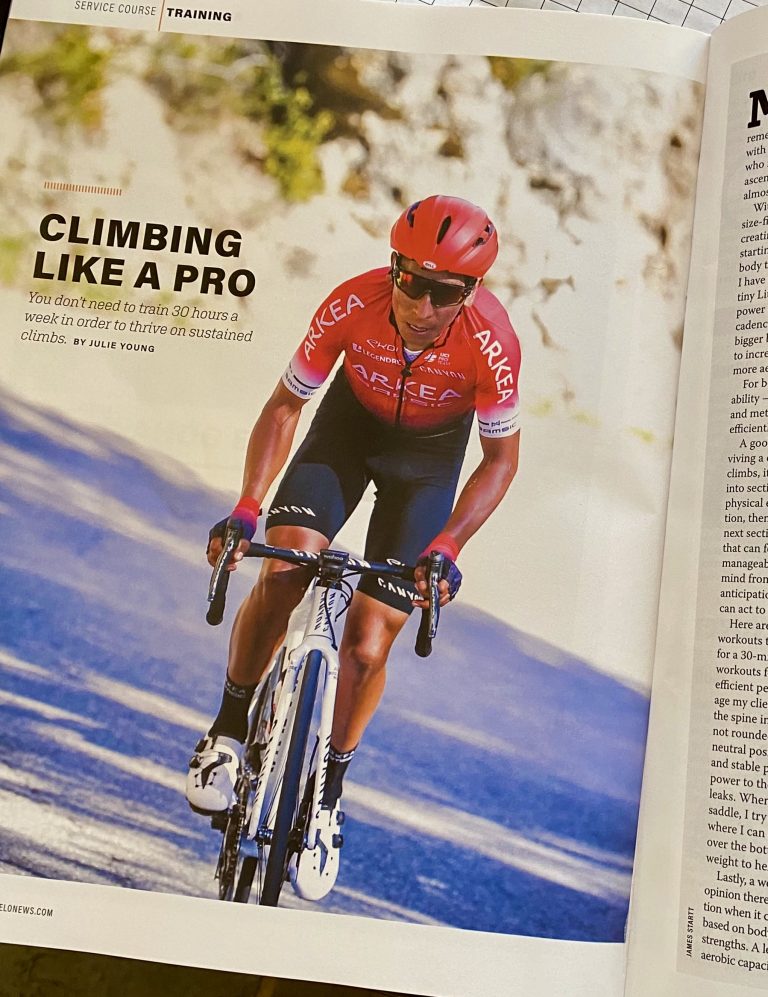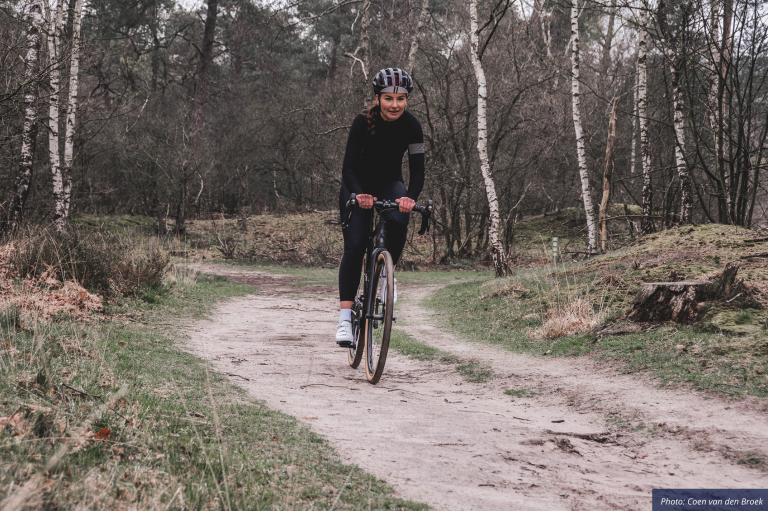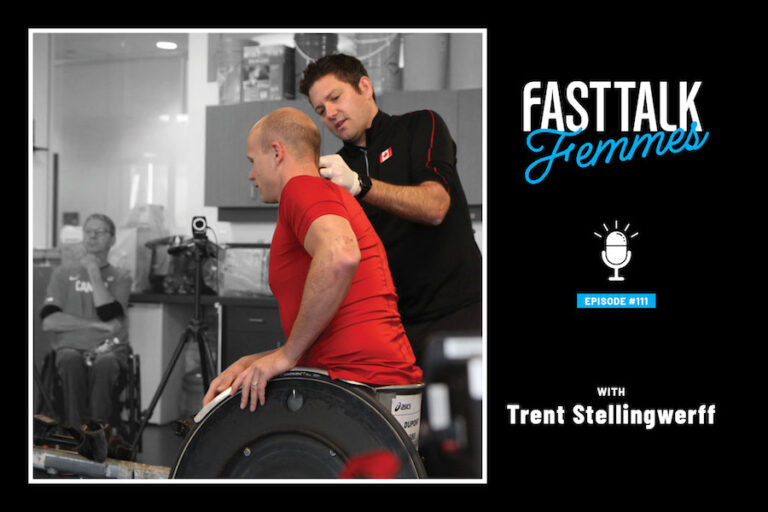How to Optimize the Coach-Athlete Relationship – Every athlete of any ability level can benefit from the guidance of a good coach. We explore the coach-athlete relationship and offer advice on how to reap the greatest rewards from working with a coach – Fast Talk Laboratories January 26, 2021
Across a decades-long career, Katerina Nash, competed in two winter Olympic Games in cross-country skiing, three summer Olympic Games in mountain biking, and won several World Cup races in cyclocross. The depth, scope, and longevity of her athletic experience is among the largest in the world.
Throughout her career and across multiple sports, she’s worked with several different coaches, in a variety of settings: She’s worked with a team of coaches on the Czech National ski team; she’s worked one-on-one with longtime CTS coach Dean Golich for her cycling pursuits.
Her experiences help illustrate the many ways any athlete can work with a coach, and how the athlete plays a critical role in optimizing that relationship.
In Nash’s case, much of her athletic progression, as well as the improvements in her relationships with coaches, was directly attributable to her evolution as an athlete.
“Through these experiences, I have benefited from the knowledge of others,” Nash says. “It allowed me to focus my energy where I needed to, by trusting the guidance versus expending energy questioning my own decisions. But now, having worked with various coaches over so many years, I have the tools to make my own training decisions.”
When Nash was on the Czech National ski team, the coach-athlete relationship was less collaborative. “This is the plan, and I did it,” Nash says. “In skiing, it was a group environment, and skiing was not as scientific. Coaches were onsite and more hands-on.”
As the practice of coaching has evolved, it has scaled. New technology is increasingly employed to monitor and reach more clients. “Online coaching requires more feedback, which can feel like more work,” Nash says. “But the numbers and data only tell a little bit of the story, and the athlete’s consistent feedback is essential to fill in all of the other vital details.”
[For more on the coach-athlete relationship, check out Fast Talk episode 61: Do You Need a Coach? With Neal Henderson and Rebecca Rusch]
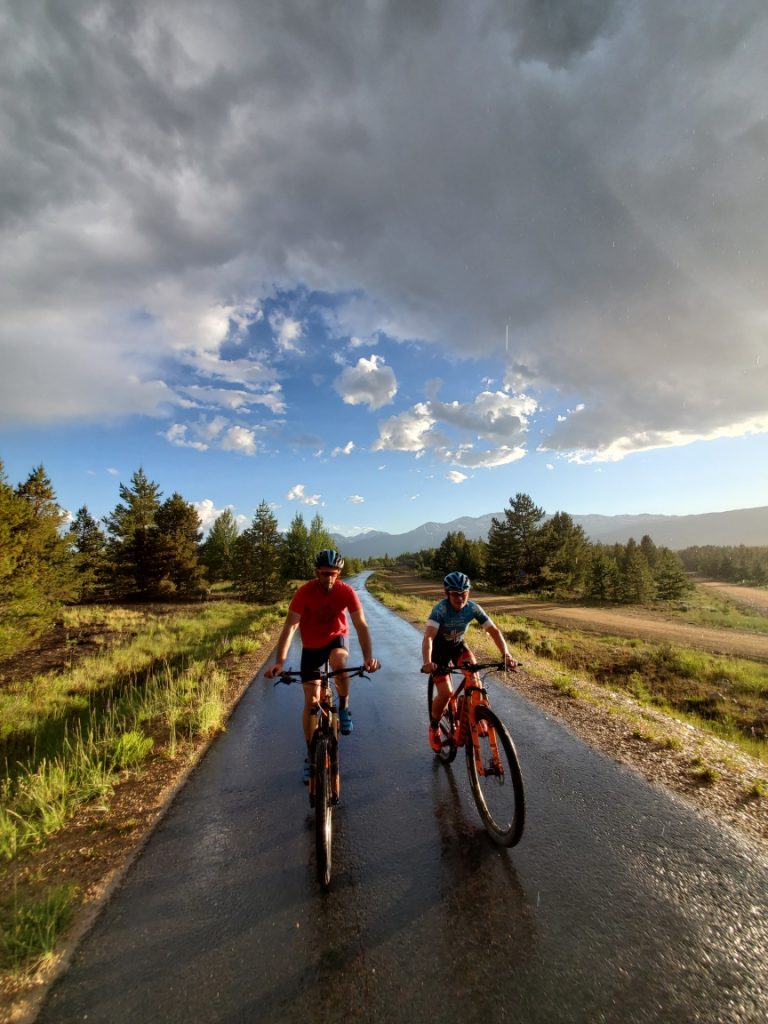
The differences between personal coaches and templated training plans
The endurance sporting scene has been experiencing explosive growth since the 1990s. The associated services, like coaching and training, have tagged along for the ride, growing exponentially. But there’s a problem: There are no standards or criteria to become a coach. Anyone can call themselves a coach and start working with clients or athletes. Endurance coaches are a dime a dozen.
Furthermore, with a few clicks of a mouse, you can find countless templated and automated training solutions online. Some of these provide a la carte workouts, while others offer static 12-24-week training plans, typically focused on helping customers prepare for a specific event.
If an athlete selects the a la carte workout menu, they typically plug and play—which in many cases means they simply follow what the PDF or email tells them to do.
However, it’s critical to note that effective training is a function of proper sequencing and synchronizing of workouts, as well as building in appropriate rest.
Tim Cusick, who has coached multi-time world champions Amber Neben and Rebecca Rusch, among many others, feels like this is where the static plans collapse. “When an athlete is indiscriminately cherry-picking workouts, it is a point of failure,” he says.
If you are interested in reading the rest of this article and checking out more insightful content to help you be your best athlete, visit subscription-based Fast Talk Laboratories, link below…
https://www.fasttalklabs.com/articles/how-to-optimize-the-coach-athlete-relationship


